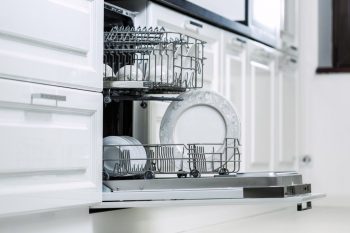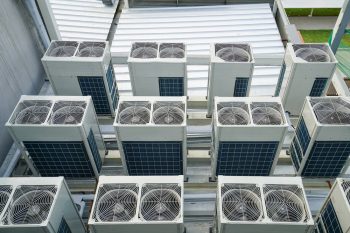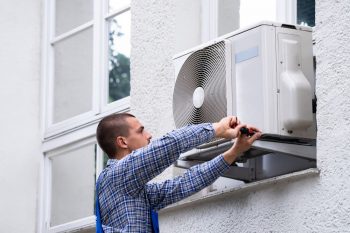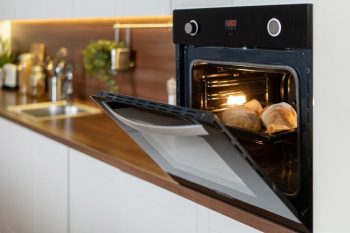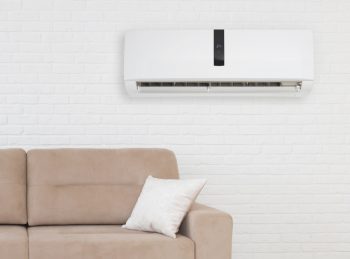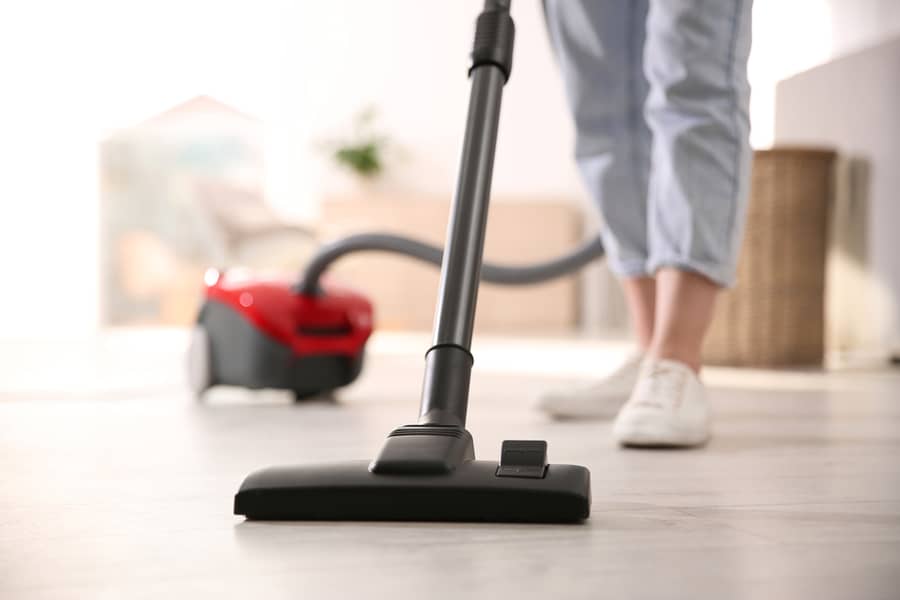
Vacuum cleaners had come a long way from when they were first developed. Today, they incorporate a broad range of features that don’t only make them more efficient at cleaning but also make them more durable. But that doesn’t mean they’re impervious to potential malfunction and damage.
Overheating is one of the most common issues when using a vacuum cleaner. But how does a vacuum overheat, and what can you do to prevent it from happening? Read on to find out.
- Vacuum cleaners can overheat if their flow-through motors are blocked by dirt and debris.
- A thermal cut-off feature will turn off the vacuum cleaner if it reaches dangerous temperatures.
- Cleaning your vacuum will often stop it from overheating and turning off during use.
When your vacuum cleaner overheats, it will inevitably shut off. While this can be annoying all on its own, it also poses a threat to your vacuum cleaner’s performance. You could damage the motor and render your vacuum cleaner totaled if it happens too often.
Why Do Vacuum Cleaners Overheat?
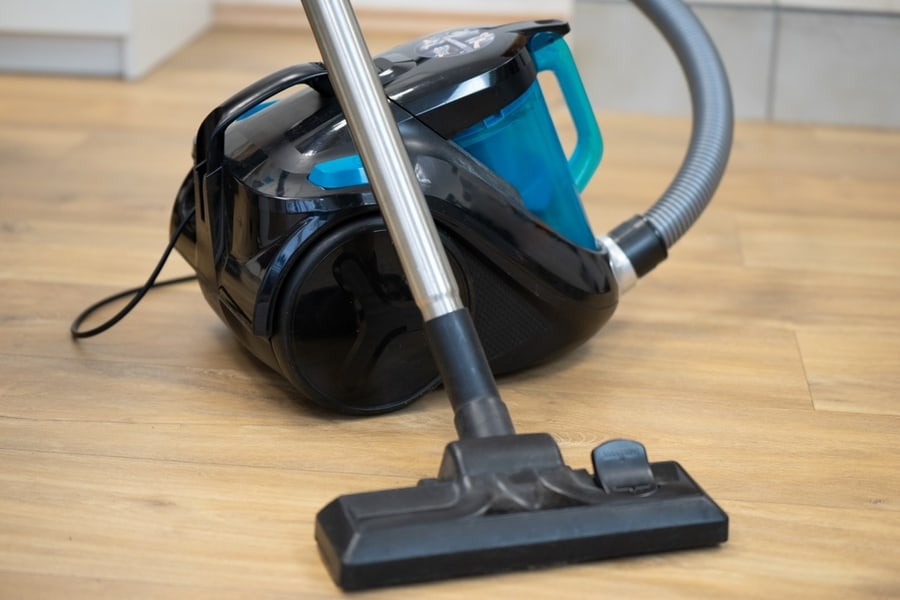
Most vacuum cleaners use a flow-through motor. That means the air it sucks in to vacuum your space is the same air it will use to cool the motor. This efficient system guarantees that your vacuum’s motor is constantly kept at the ideal temperatures as you clean.
The problem is that flow-through motors are prone to blockage. As your vacuum suctions dirt, dust, and debris, the particles fly through the system. A filter protects the motor from sucking in dirt, but even then, small particles can pass through.
If the filter becomes blocked by dirt, air won’t pass into the motor, causing it to overheat. Fortunately, vacuum cleaners use a thermal cut-off system that shuts the motor off in case it reaches high temperatures.
How To Fix and Overheating Vacuum
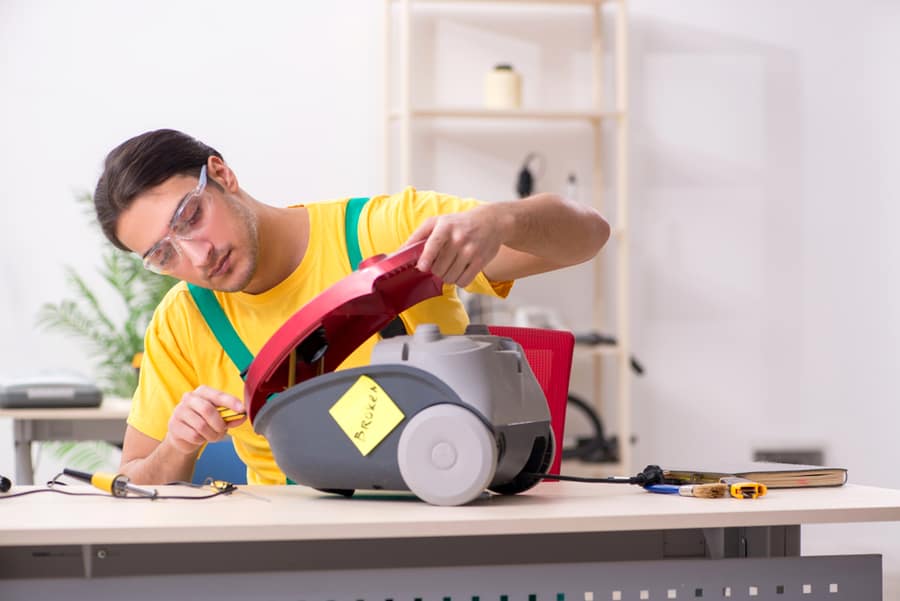
You’ll know your vacuum cleaner is overheating if it shuts off without warning. This cut-off system prevents serious damage to the motor and tells you that there’s something wrong with your vacuum.
Here’s what you can do to fix an overheating vacuum:
- Check the filters, the bag, and the floor tool or wand for blockages. Anything that prevents air from passing neatly through to the motor can cause it to overheat.
- Clean out the vacuum and remove any dirt you’ve collected. Most vacuums have a dedicated brush or tool that lets you clean its various parts.
- Check to see that you aren’t too far from the outlet. You might be unplugging your vacuum, causing it to stop working mid-use.
- Wait about 20 to 30 minutes before turning an overheated vacuum back on.
If your vacuum cleaner continues to shut off after the previous steps, you may have to get it serviced. The appliance may have a more serious problem with its motor that requires professional attention.
Takeaway
Vacuum cleaners streamline the process of collecting dirt and dust from our homes. So anything that stops it from working properly inevitably affects your cleaning routine.
Fortunately, an overheating vacuum cleaner is often just the result of dirt build-up. But if your vacuum is facing more serious problems, you may have to have it serviced.
Frequently Asked Questions
Why Does My Vacuum Keep Turning Off?
The thermal cut-off feature is a nifty safety feature that protects the motor and prevents potential sparks. It will turn off your vacuum cleaner in case it reaches dangerously high temperatures.
You’ll know that the thermal cut-off system shut off your vacuum if you can’t turn it back on immediately after it turns on.
Usually, you’ll have to wait a few minutes for the motor to cool down before you can use the vacuum again.
How Long Can a Vacuum Cleaner Run Continuously?
It depends on the make and model. But most vacuum cleaners are designed to run for 60 to 90 minutes at a time without overheating or being overworked.
But that doesn’t mean you should keep it running to its maximum viable time. Please turn it off every 30 to 45 minutes to give it a rest. You can start back up again after allowing the motor to cool down for 10 to 15 minutes.

